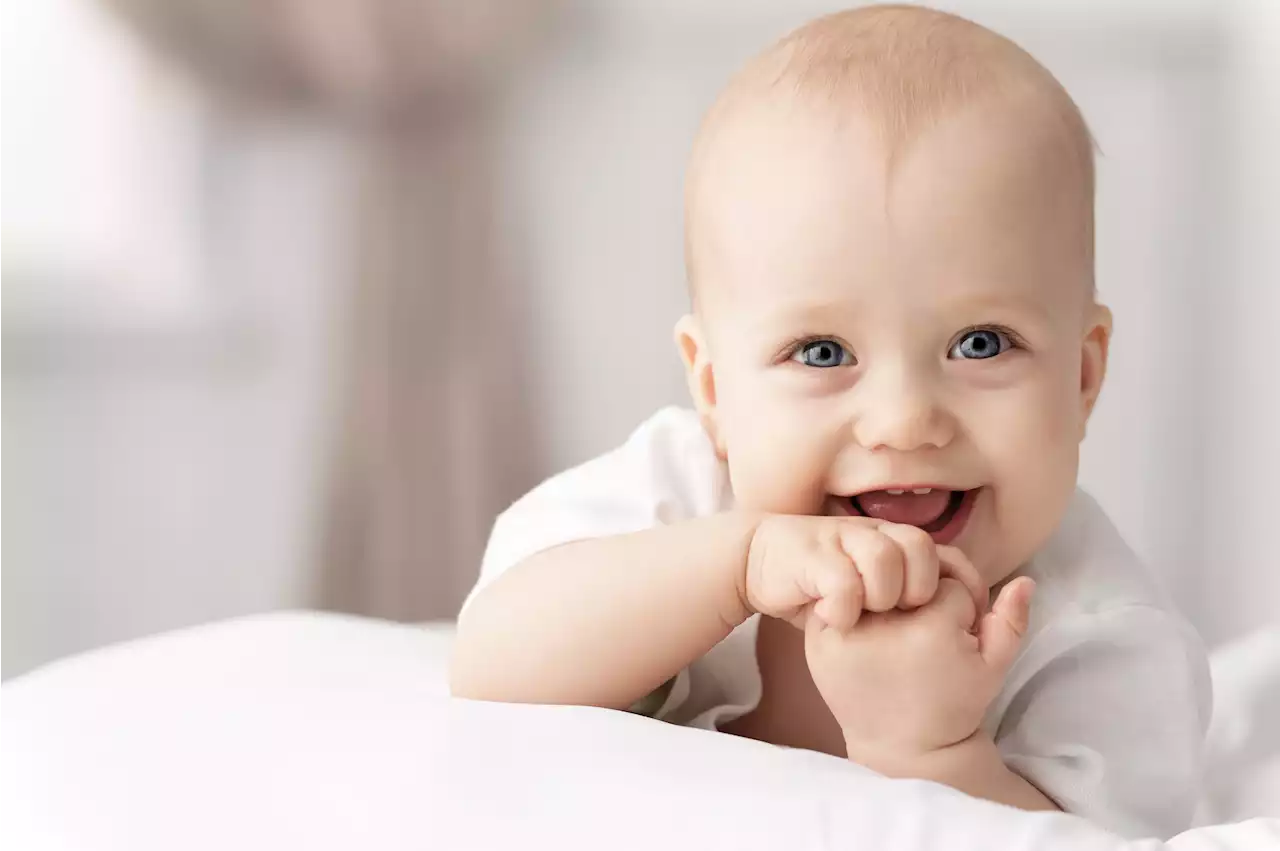🔄FROM THE ARCHIVE: Cute kittens, lambs and more stir emotions rooted in our evolutionary history.
Chubby-cheeked babies, wide-eyed puppies and wobbly kittens: We know cute when we see it. We’re still learning, however, what it does to our brains and behavior.
The young of many species, including our own, exhibit kindchenschema: a suite of features — including proportionally large eyes, a small nose, high forehead and small ears — that disappear with age. “They both succeeded and failed,” Dale says. He adds that while kindchenschema turned out to be an accurate way of defining cute stimuli, an individual’s response to it — shaped by personal experience, cultural variation and other factors — was not as automatic as the Austrian researcher had hypothesized.
Or, as his University of Michigan colleague Stephanie Preston puts it: “If there’s pressure to evolve a bigger brain, the brain can only get so big and still make it through the birth canal. So you come out with the brain not fully finished, still needing to develop, and you need more parental care.”
In fact, Dale and some other researchers see our generalized cuteness response as crucial to becoming the species we are today. Dale notes that human babies don’t attain “peak cuteness” until they’re five or six months old. The findings were among the first to show that kindchenschema trips our reward motivation wires, leading us to want to pay attention to, and care for, an infant, even if not our own.study, University of Oxford neuroscientist Morten Kringelbach was studying cuteness using a different type of brain scan, magnetoencephalography .
Over the last decade, Kringelbach and colleagues have continued to use MEG to log brain activity in response to the cute and not-so-cute. They found that the “fast pathway” response to cuteness can light up not just with a baby’s face, but also their smell and the sound of their laughter. The results, published in a series of studies between 2015 and 2017, were intriguing. Although participants knew little to nothing about most of the species pictured, they consistently rated the animals that required parental care as cuter and more likely to receive their attention and aid than the superprecocial animals.
As to whether nonmammals respond to kindchenschema across species, as humans do, don’t expect that to get tested anytime soon. It’s not a great idea to put a crocodile and a penguin chick together to see what happens.Many studies, particularly in the 20th century, have identified a stronger cuteness response from women. When participants are asked to rate how cute babies are, men typically rate the infants lower than women do. However, brain scans tell a different story.
“Your brain is put into ‘be ready for something’ mode,” Kringelbach says. “When there is a baby around, even if it is not crying, you are ready for something to happen.” essay, Kringelbach and his colleagues wrote, “Like a Trojan horse, cuteness opens doors that otherwise might remain shut.” Cuteness attracts, focuses and sustains our attention, creating a space in which we can interact positively with the cute object, whether it’s an infant, a puppy or that totes adorbs baby goat in pajamas on YouTube.
“People use cuteness to deal with the stress of jobs that are increasingly unstable and impermanent,” agrees cute studies pioneer Joshua Paul Dale, adding that “it can also be a form of communication that helps to mitigate these stresses by forming a new community.” The ubiquity of cuteness on the internet may be linked to its use as a coping strategy to provide comfort and a sense of community, even if we don’t consciously seek it.
You may not have heard the word before, but you’ve probably experienced kama muta. Family reunions at airports, heartfelt speeches at weddings, even onscreen moments when beloved, long-parted fictional characters find each other again are common kama muta triggers. Steinnes says the emotion encourages prosocial behavior, including helping others and sharing resources, even with individuals not considered part of your in-group. Because cuteness elicits kama muta, she adds, it “makes you more empathetic.”
United States Latest News, United States Headlines
Similar News:You can also read news stories similar to this one that we have collected from other news sources.
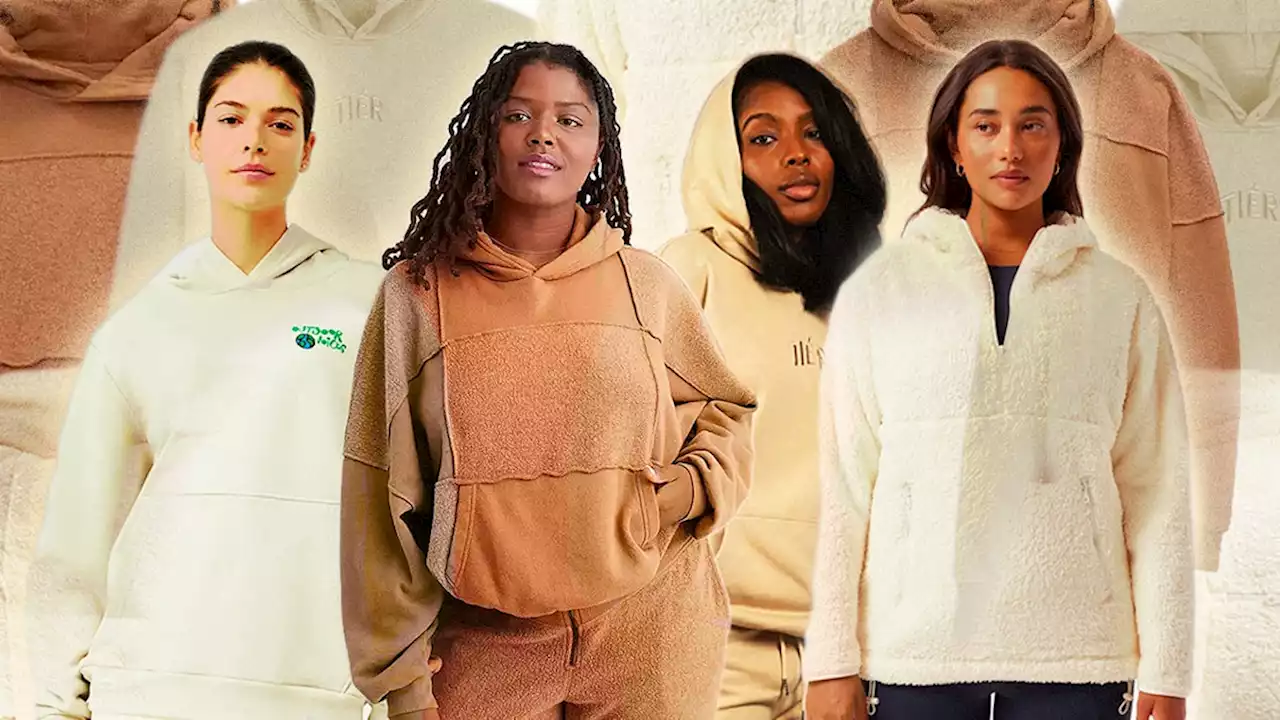 We Found the Most Stylish Hoodies for Cute Streetwear 'FitsIt's time to level up your basic loungewear collection.
We Found the Most Stylish Hoodies for Cute Streetwear 'FitsIt's time to level up your basic loungewear collection.
Read more »
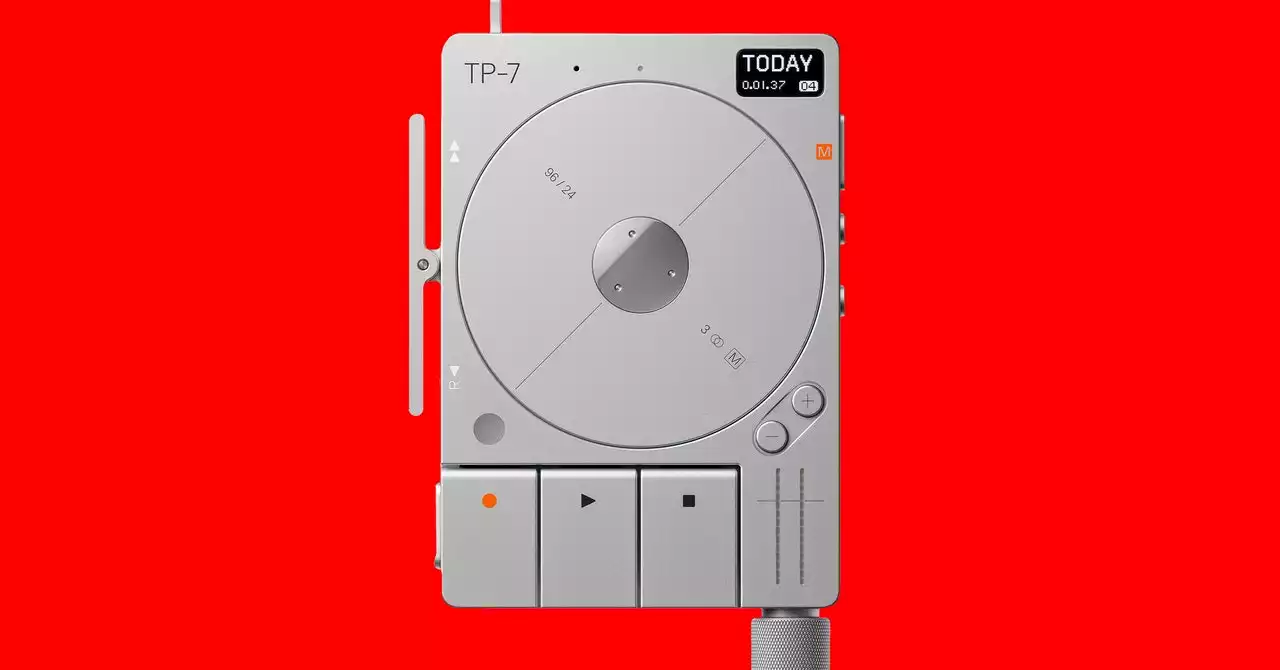 Teenage Engineering’s New Handheld Recorder Is Reel CuteRetro aesthetics aside, Teenage Engineering’s gizmos are known for being absolutely stuffed with modern features. The TP-7 is no different.
Teenage Engineering’s New Handheld Recorder Is Reel CuteRetro aesthetics aside, Teenage Engineering’s gizmos are known for being absolutely stuffed with modern features. The TP-7 is no different.
Read more »
 People Are Naming Babies After ‘Yellowstone’ CharactersDutton and Kayce are characters on the hit show 'Yellowstone'—and now the monikers of hundreds of American infants.
People Are Naming Babies After ‘Yellowstone’ CharactersDutton and Kayce are characters on the hit show 'Yellowstone'—and now the monikers of hundreds of American infants.
Read more »
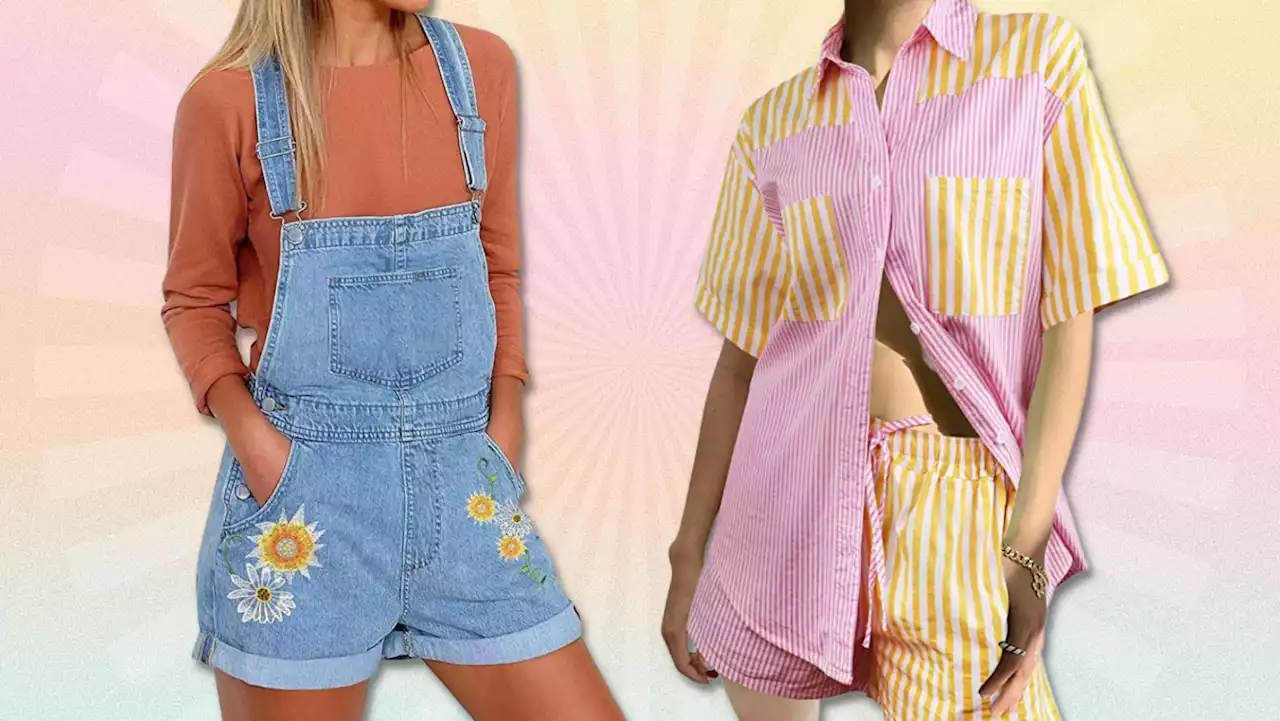 Just 31 Spring Clothing Items That Are WFH-ApprovedCheck out these cute, comfortable, and versatile fashion staples that radiate spring vibes.
Just 31 Spring Clothing Items That Are WFH-ApprovedCheck out these cute, comfortable, and versatile fashion staples that radiate spring vibes.
Read more »
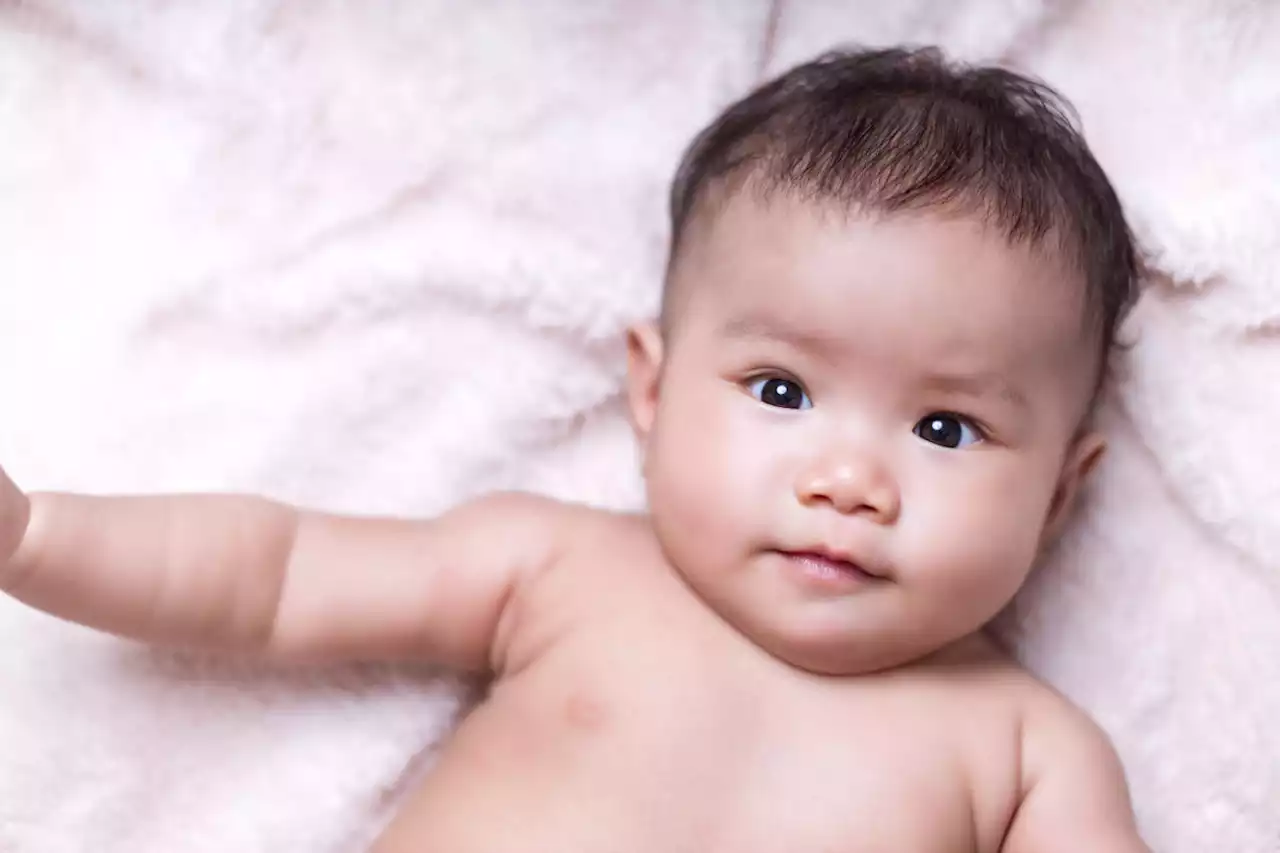 When babies go rogue: Birth dispatches from McDonald's and moreChildbirth is full of unknowns, which is perhaps why expecting parents work so hard to have a plan. Which hospital should we go to? Should we opt for a birthing center, or maybe a home birth? Epidural or no? Do we want a doula? What interventions are we comfortable with? But babies have little regard for adult 'plans,' a trend that some researchers note persists throughout childhood. Some babies also demonstrate a poor sense of geography, judging by their decision to appear in locations not know
When babies go rogue: Birth dispatches from McDonald's and moreChildbirth is full of unknowns, which is perhaps why expecting parents work so hard to have a plan. Which hospital should we go to? Should we opt for a birthing center, or maybe a home birth? Epidural or no? Do we want a doula? What interventions are we comfortable with? But babies have little regard for adult 'plans,' a trend that some researchers note persists throughout childhood. Some babies also demonstrate a poor sense of geography, judging by their decision to appear in locations not know
Read more »
 Meghan Markle Wears Chocolate Brown Wraparound Dress to Sushi Date With Prince HarryAnd a very cute purse.
Meghan Markle Wears Chocolate Brown Wraparound Dress to Sushi Date With Prince HarryAnd a very cute purse.
Read more »
